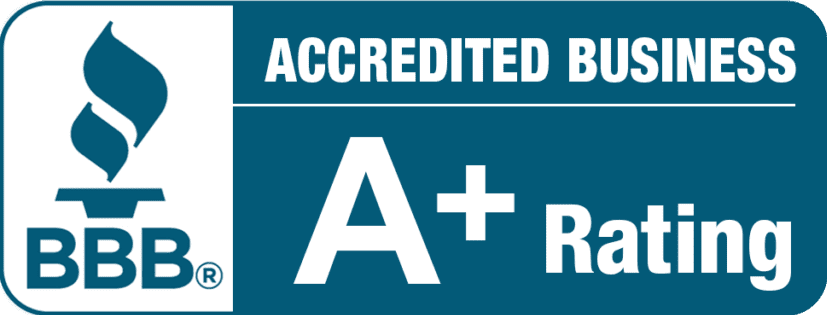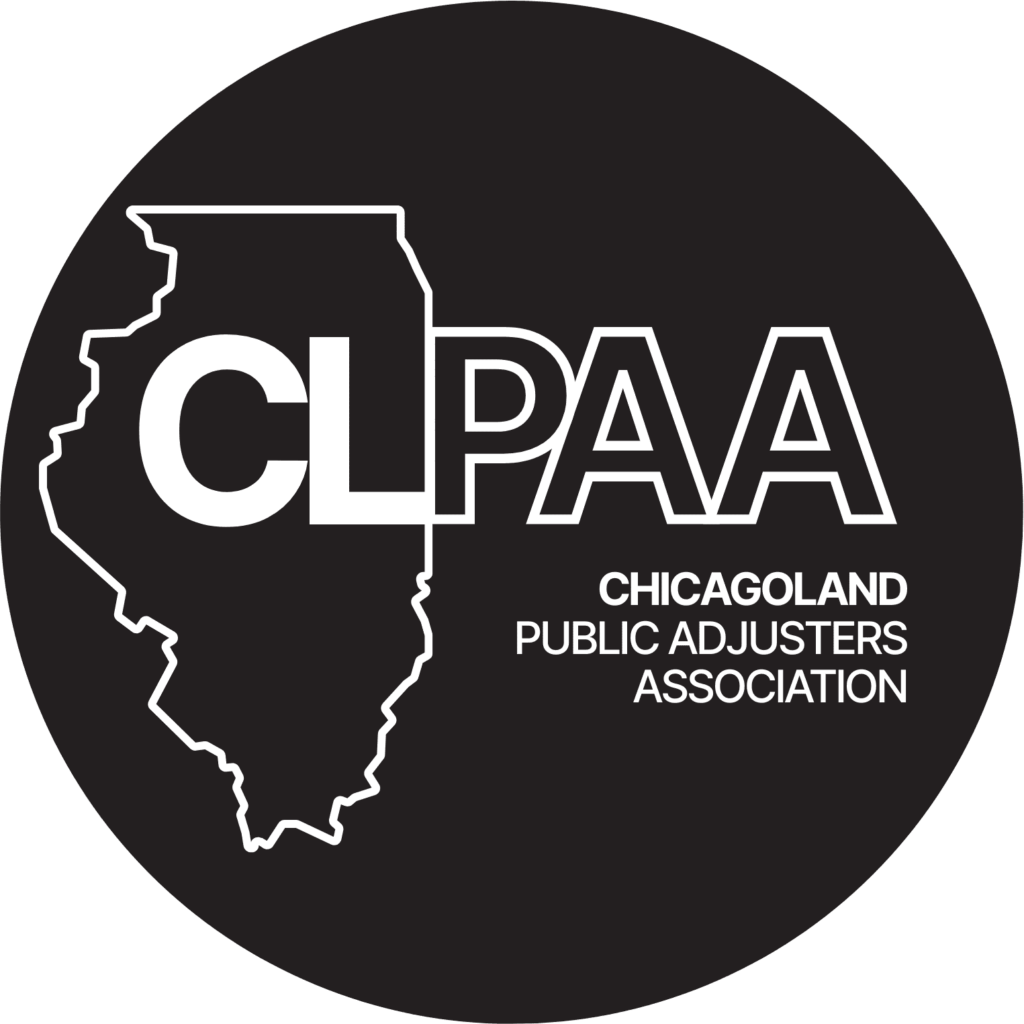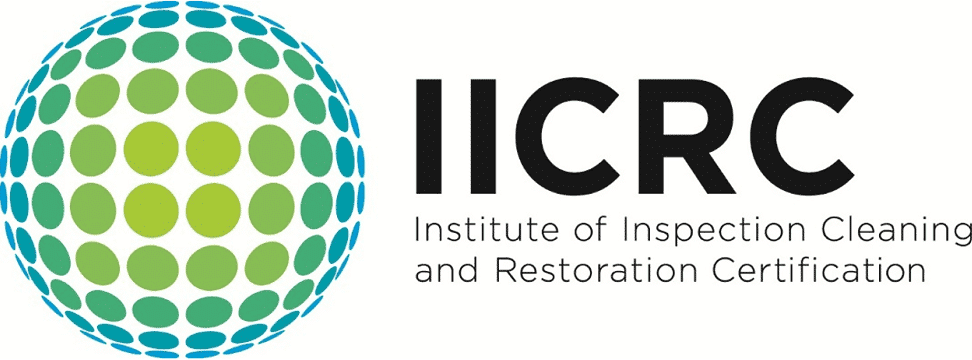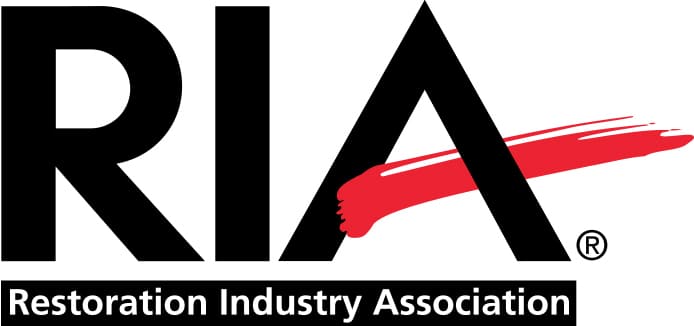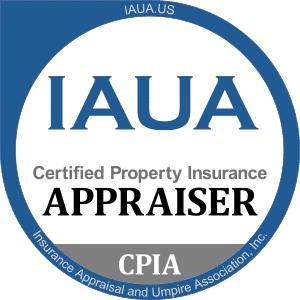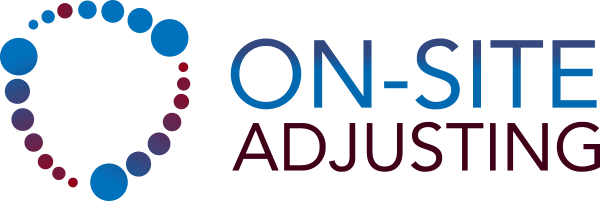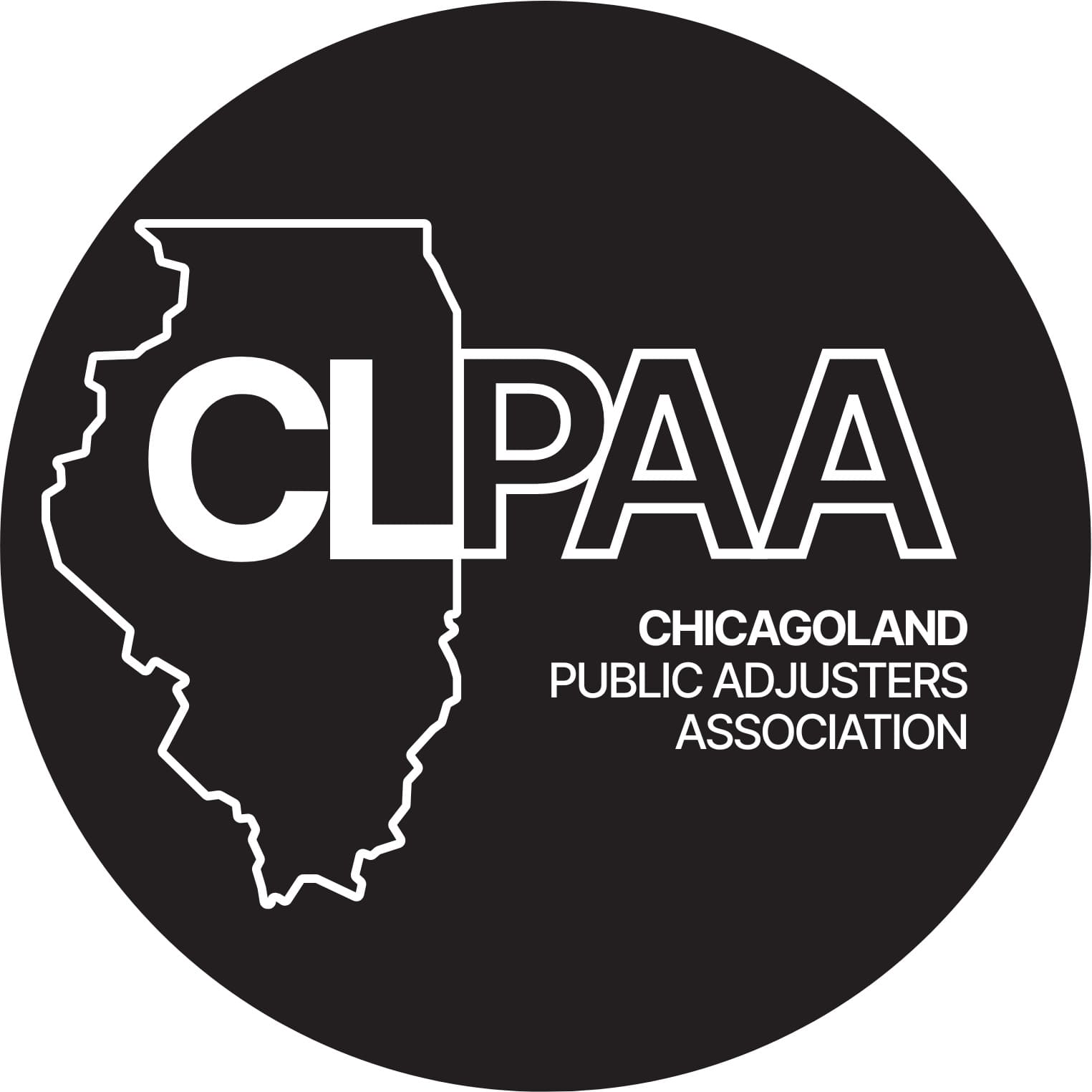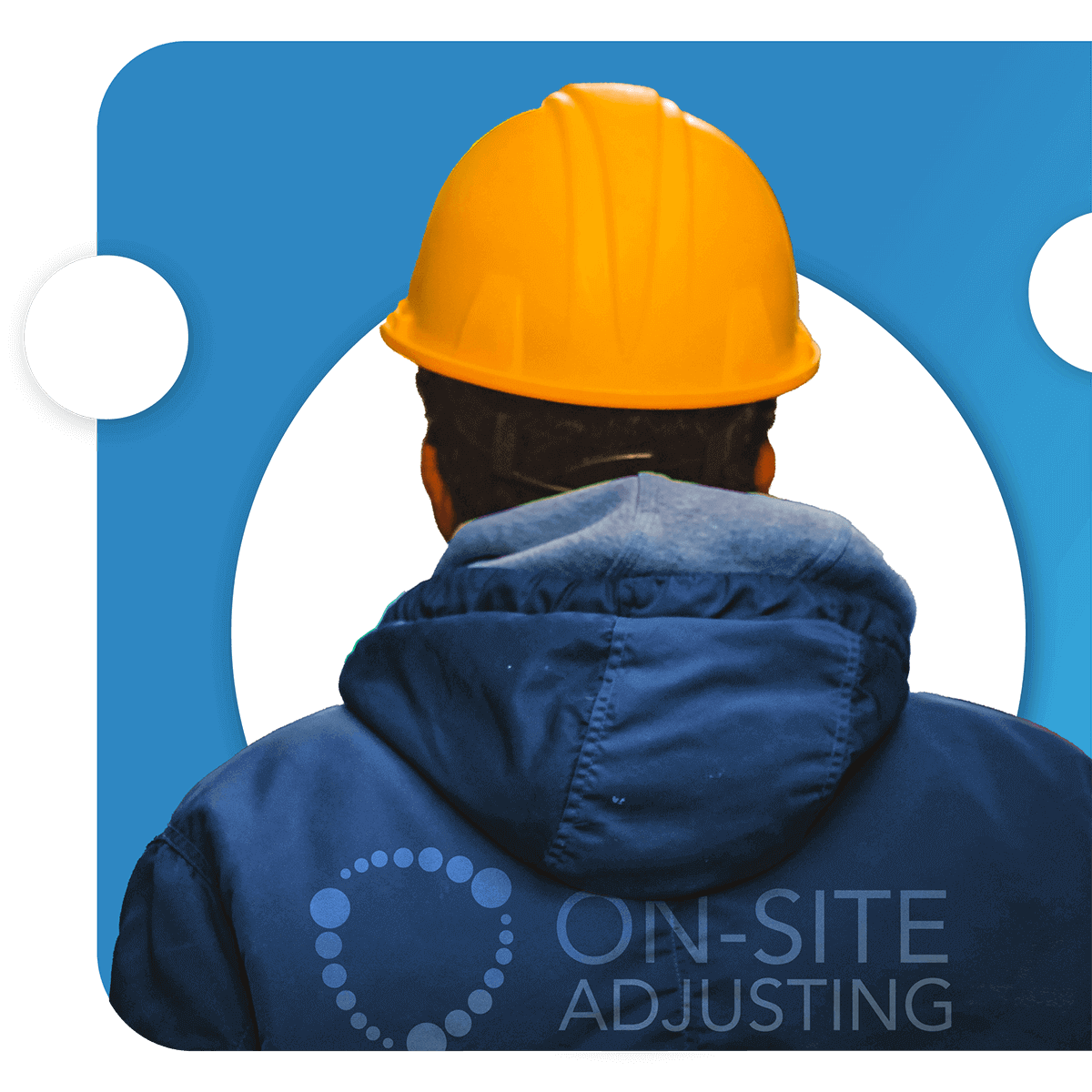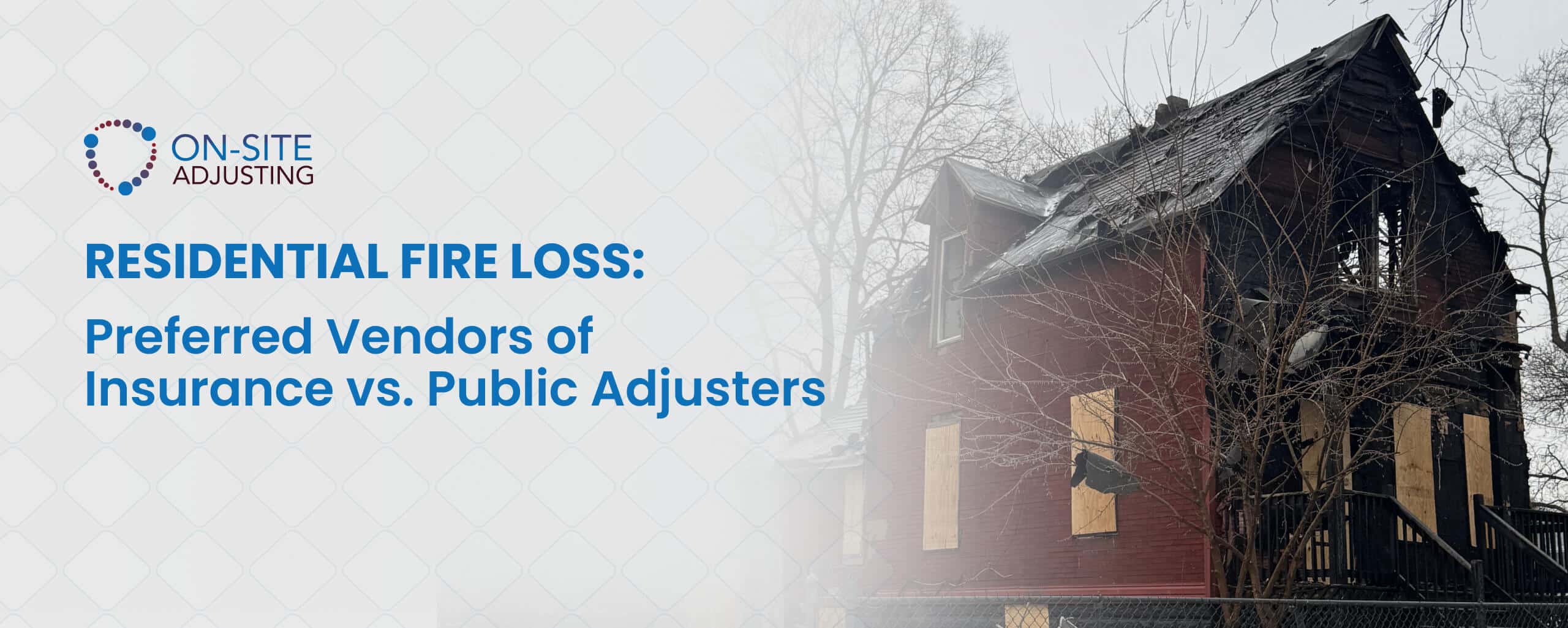
Introduction
Experiencing a residential fire is devastating, and navigating the insurance claim process can be just as overwhelming. Homeowners rely on their insurance company to help them recover, but many don’t realize they have a choice in who handles their repairs. Insurance companies often recommend “preferred vendors” – companies contracted to work within the insurer’s guidelines. While this might seem convenient, it’s crucial to understand how these vendors operate and whether they truly prioritize policyholders’ best interests.
In this article, we’ll explore the differences between preferred vendors and public adjusters like On-Site Adjusting, so you can make an informed decision about your fire loss claim.
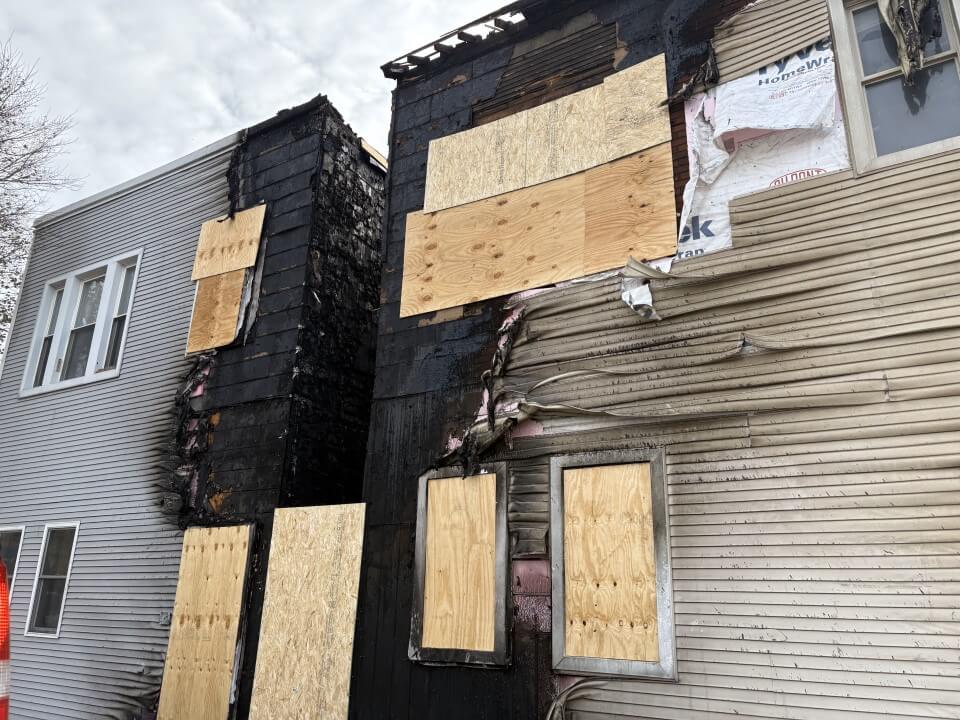
Who Are Preferred Vendors?
Preferred vendors are restoration companies that have contractual agreements with insurance companies. These companies often pay royalty fees to their franchise and offer significant third-party administrator (TPA) discounts to insurers in exchange for steady business referrals. While this arrangement benefits the insurance company, it may not always be in the best interest of homeowners.
Feeling stuck with your claim? You don’t have to fight alone.
Reach out to us — we will review your claim for free and help you understand your options
The Downsides of Using Preferred Vendors
- Potential Conflict of Interest
Since these vendors work directly with insurance companies, they may prioritize cost-saving measures over quality restoration. Their goal is often to complete repairs as cheaply as possible rather than ensuring your home is fully restored to pre-loss condition. - Rushed or Incomplete Repairs
Preferred vendors are incentivized to keep insurance companies happy by keeping costs low. This can lead to inadequate repairs, the use of subpar materials, and even overlooked damages that could cause long-term issues. - Limited Policyholder Control
When homeowners go with an insurer’s preferred vendor, they may have little say in the scope and quality of work performed. If issues arise, getting them addressed can be more challenging since the vendor’s primary obligation is to the insurer, not the policyholder.

Understanding Assignment of Benefits (AOB) Contracts
Some restoration companies may request that homeowners sign an Assignment of Benefits (AOB) contract. This contract transfers control of the insurance claim directly to the restoration company, allowing them to negotiate and receive payment directly from the insurance provider. While this may seem like a convenient way to avoid handling the claim yourself, it can come with significant risks:
- Loss of control – Once signed, the homeowner no longer has direct control over the claim or settlement amount.
- Potential overbilling – Some vendors may inflate costs, leading to disputes with insurance companies and delays in processing the claim.
- Legal complications – In some cases, homeowners may be caught in disputes between the vendor and the insurer, leaving them in a difficult position.
The Advantage of Hiring a Public Adjuster
A public adjuster works exclusively for the policyholder – not the insurance company. Instead of rushing through repairs or limiting claim payouts, public adjusters ensure homeowners receive fair compensation to restore their property properly. Here’s how On-Site Adjusting can help:
- Maximizing Your Settlement
We conduct a comprehensive evaluation of your fire loss to ensure you receive the full payout needed for complete restoration. - Independent & Unbiased Representation
Unlike preferred vendors, we work solely for you, advocating for your best interests, not the insurance company’s bottom line. - Ensuring Quality Repairs
We help ensure your property is restored correctly by experienced, independent contractors rather than those with cost-cutting obligations to insurers.
- Maximizing Your Settlement
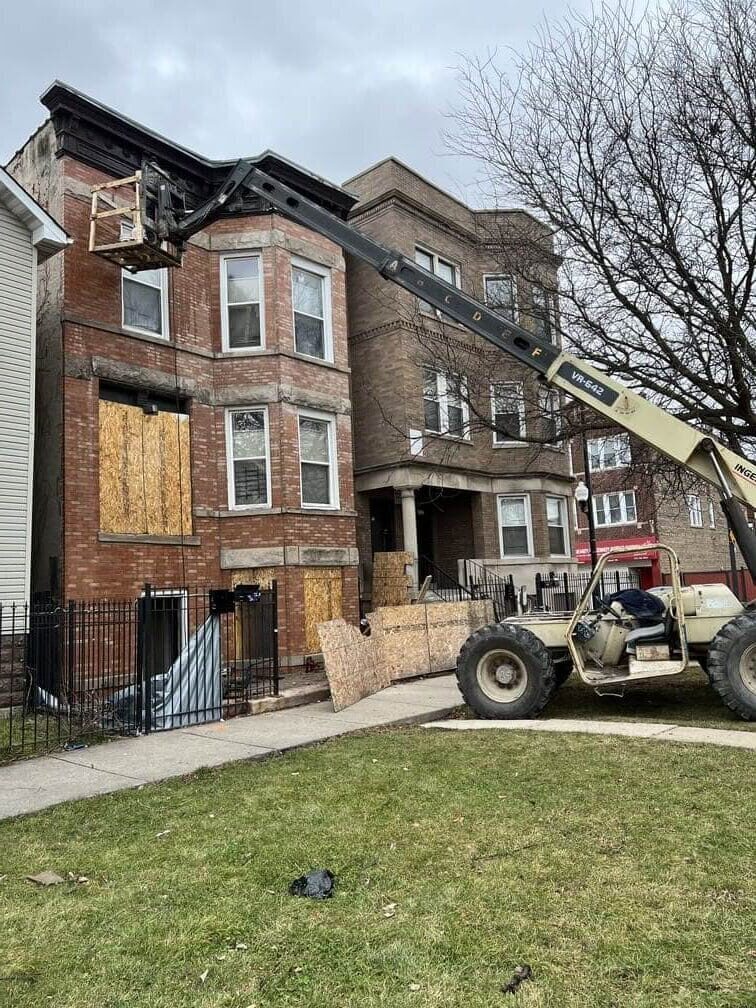
Check and Balance: Homeowners Receive the Payout
One of the most important differences when working with a public adjuster is that the insurance payout goes directly to the homeowner, not the public adjuster. This ensures that:
- The homeowner retains full control over how funds are allocated for repairs.
- There is no risk of third-party overcharging or misallocation of claim funds.
- The homeowner can choose their own contractor for repairs, rather than being forced to use an insurer-preferred vendor.
By working with On-Site Adjusting, you maintain financial control over your insurance claim and ensure the money is used for proper restoration, not just for cost-cutting repairs dictated by the insurance company.
Making the Right Choice for Your Fire Loss Claim
When dealing with a fire damage claim, you have options. Instead of relying on an insurer’s preferred vendor, consider hiring a public adjuster like On-Site Adjusting to ensure a fair and thorough claims process. We’ll help you navigate your claim, fight for maximum compensation, and make sure your home is restored to its full pre-loss condition.
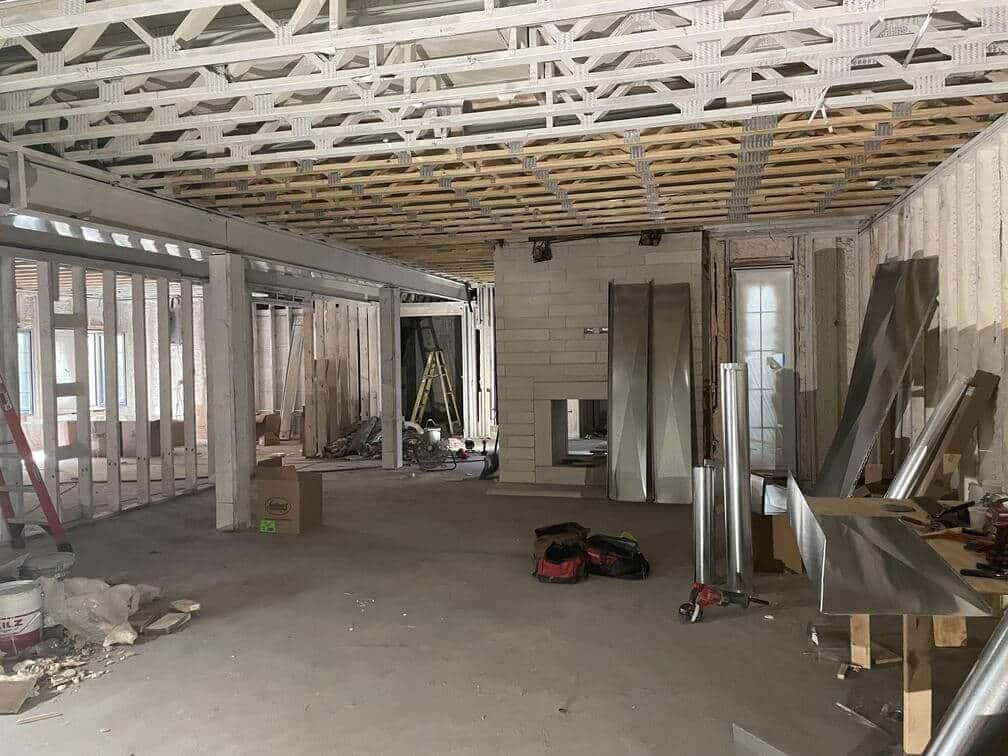
Contact Us for a Free Consultation
Don’t let your insurance company dictate how your home is restored. On-Site Adjusting is here to help. Contact us today for a free consultation and learn how we can advocate for you throughout your fire loss claim.
📞 Call us at (866) 861-4992
📧 Email us at info@onsiteadjusting.com
